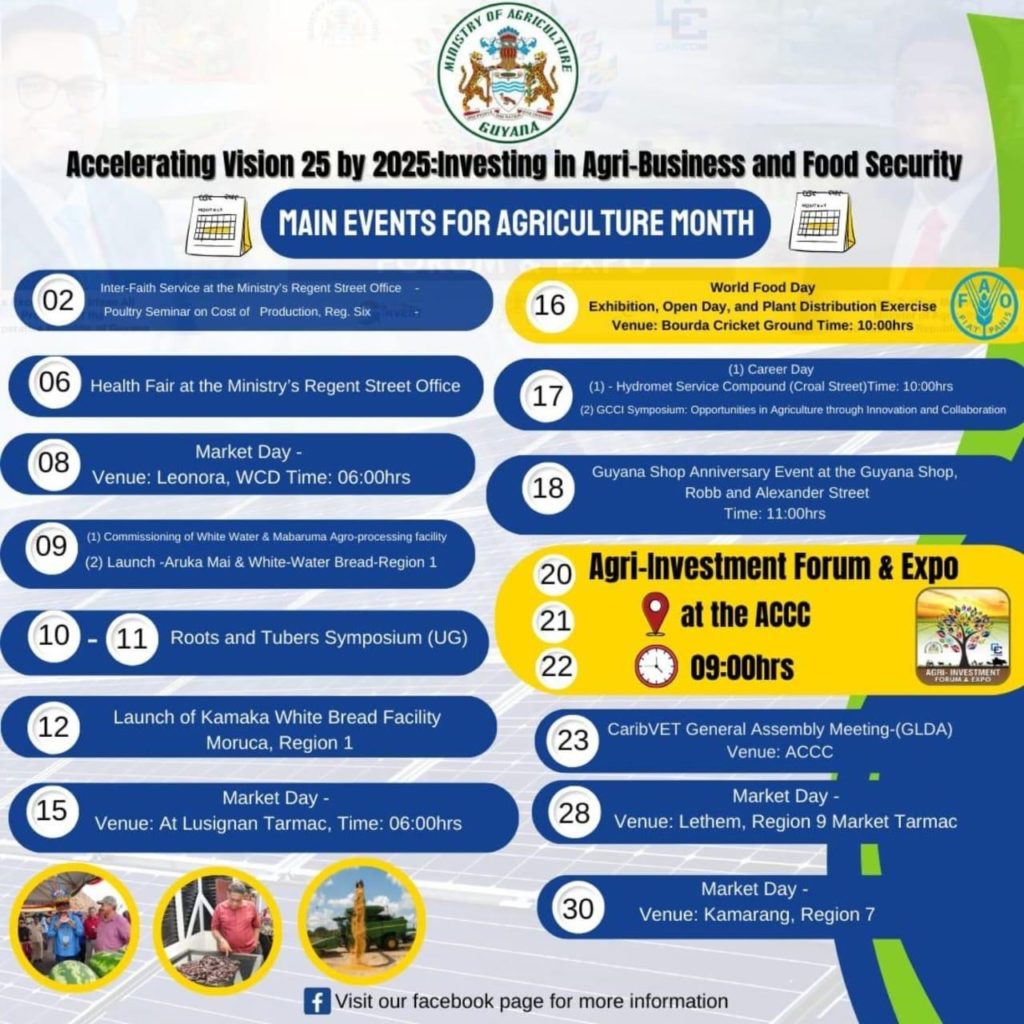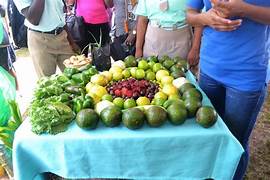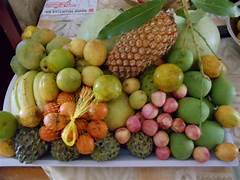Examining the Impact of a Regional Food Hub on Tourism in Guyana

The South American/Caribbean nation of Guyana is a unique destination for tourists, offering a variety of cultural, historical, and natural attractions. In recent years, the country has seen an increase in tourism, and the development of a regional food hub could further enhance the experience of visitors to the country. This article will examine the potential impact of a regional food hub on tourism in Guyana.
A regional food hub is a centralized facility that aggregates, processes, and distributes locally-sourced food products. By providing a reliable source of fresh, locally-sourced food, a regional food hub can help to support local farmers and producers, while also providing a convenient source of food for tourists. This can help to create a more authentic experience for visitors, as they can sample the local cuisine and learn more about the culture and history of the region. In addition to providing a source of fresh, locally-sourced food, a regional food hub can also help to create jobs and stimulate economic growth in the region. By providing a reliable source of income for local farmers and producers, a regional food hub can help to create a more vibrant and sustainable local economy. This can help to attract more tourists to the region, as they will be able to experience the unique culture and cuisine of the area.
Finally, a regional food hub can also help to promote sustainability in the region. By providing a reliable source of locally-sourced food, a regional food hub can help to reduce the environmental impact of food production and transportation. This can help to create a more sustainable tourism industry in the region, as visitors will be able to enjoy the local cuisine without contributing to environmental degradation.
In conclusion, a regional food hub can have a significant impact on tourism in Guyana. By providing a reliable source of fresh, locally-sourced food, a regional food hub can help to create a more authentic experience for visitors, while also creating jobs and stimulating economic growth in the region. Additionally, a regional food hub can help to promote sustainability in the region, creating a more sustainable tourism industry.
Analyzing the Role of a Regional Food Hub in Reducing Carbon Footprint and Climate Change in Guyana
Climate change is a global issue that has been increasingly affecting the environment and the lives of people around the world. Guyana is no exception, as the country has been experiencing the effects of climate change in the form of extreme weather events, rising sea levels, and increased temperatures. In order to reduce the food carbon footprint and mitigate the effects of Global climate change, Guyana is taking action to reduce its emissions and promote sustainable practices. One way to do this is by establishing a regional food hub, which can help to reduce the environmental impact of food production, distribution and consumption.
The regional food hub will be located on the Soesdyke /Linden Highway and will be a centralized facility that connects local farmers and producers with consumers in the region. It provides a platform for farmers to sell their products directly to consumers, eliminating the need for long-distance transportation and reducing the carbon footprint associated with food production and distribution. Additionally, a regional food hub can help to promote sustainable agricultural practices, such as crop rotation and soil conservation, which can help to reduce the amount of carbon dioxide released into the atmosphere.
In addition to reducing the carbon footprint associated with food production and distribution, a regional food hub can also help to reduce the amount of food waste in the region. By providing a platform for farmers to sell their products directly to consumers, a regional food hub can help to reduce the amount of food that is wasted due to spoilage or overproduction. This can help to reduce the amount of methane released into the atmosphere, which is a powerful greenhouse gas that contributes to climate change.
Finally, a regional food hub can help to promote local economic development in Guyana. By providing a platform for local farmers and producers to sell their products directly to consumers, a regional food hub can help to create jobs and stimulate economic growth in the region. This can help to reduce poverty and improve the quality of life for people in the region, while also helping to reduce the amount of carbon dioxide released into the atmosphere.
In conclusion, the regional food hub will play an important role in reducing the carbon footprint and mitigating the effects of climate change in Guyana and beyond. By providing a platform for local farmers and producers to sell their products directly to consumers, a regional food hub can help to reduce the amount of food waste and promote sustainable agricultural practices. Additionally, it can help to stimulate local economic development and reduce poverty in the region. For these reasons, establishing a regional food hub in Guyana is an important step towards reducing the country’s carbon footprint and mitigating the effects of climate change.
How Guyana is Celebrating Agriculture Month 2023 with Innovative Farming Techniques


Agriculture Month 2023 is an exciting time for Guyana, as the country celebrates its agricultural heritage and looks to the future of farming with innovative techniques. This year, the Ministry of Agriculture is focusing on the development of sustainable farming practices that will help to ensure the country’s food security and economic growth.
One of the key initiatives for Agriculture Month 2023 is the promotion of agroforestry. Agroforestry is a type of land management that combines trees, crops, and livestock in a single system. This type of farming is beneficial for the environment, as it helps to reduce soil erosion, conserve water, and improve soil fertility. Additionally, agroforestry can help to increase crop yields and provide a more diverse range of products for farmers to sell.

The Ministry of Agriculture is also encouraging the use of precision agriculture. This type of farming uses technology to monitor and manage crops in order to maximize yields and reduce costs. Precision agriculture can help farmers to identify areas of their fields that need more attention, as well as optimize irrigation and fertilizer use.
In addition to these initiatives, the Ministry of Agriculture is also promoting the use of renewable energy sources in farming. Solar and wind energy can be used to power irrigation systems, as well as to provide electricity for farm buildings. This type of energy is not only more sustainable, but it can also help to reduce costs for farmers.
Finally, the Ministry of Agriculture is encouraging the use of aquaponics. Aquaponics is a type of farming that combines aquaculture and hydroponics. This type of farming is beneficial for the environment, as it uses fewer resources than traditional farming methods. Additionally, aquaponics can help to increase crop yields and provide a more diverse range of products for farmers to sell.
Agriculture Month 2023 is an exciting time for Guyana, as the country celebrates its agricultural heritage and looks to the future of farming with innovative techniques. By promoting sustainable farming practices, such as agroforestry, precision agriculture, renewable energy sources, and aquaponics, the Ministry of Agriculture is helping to ensure the country’s food security and economic growth.


No Responses